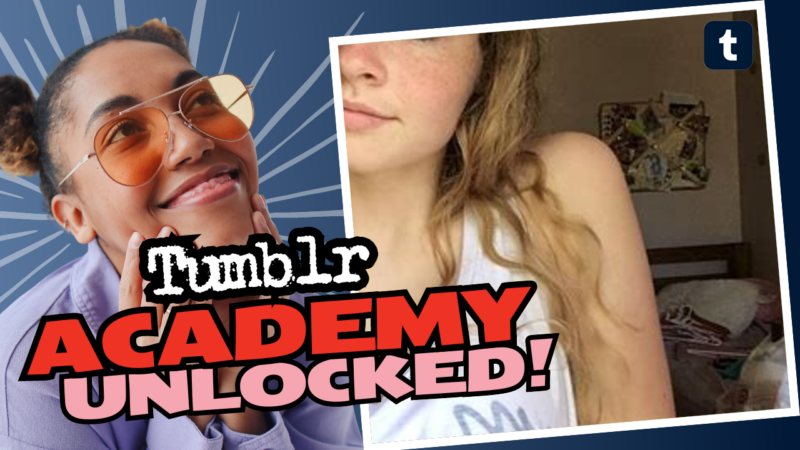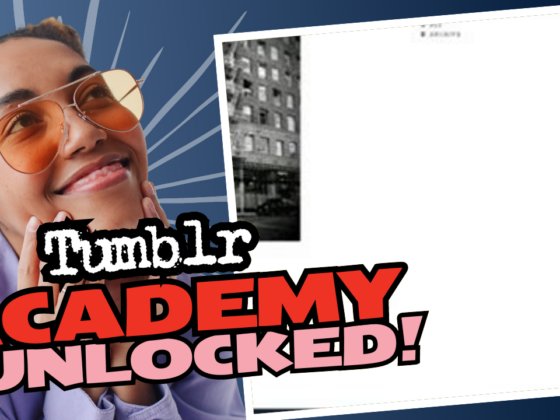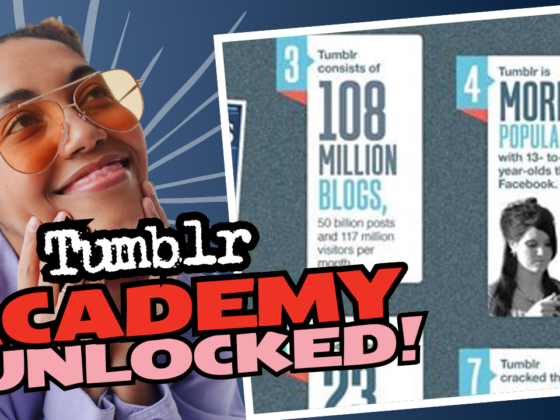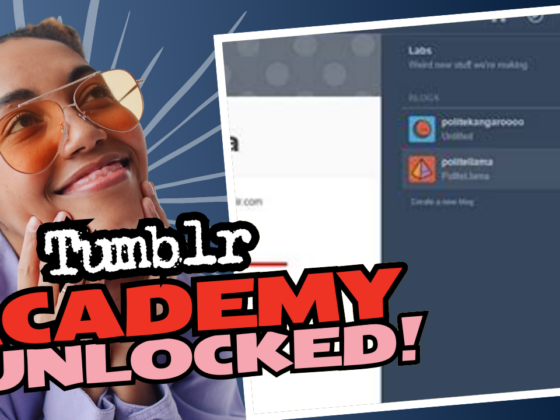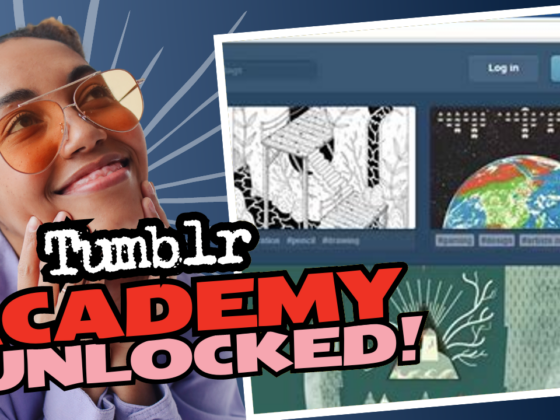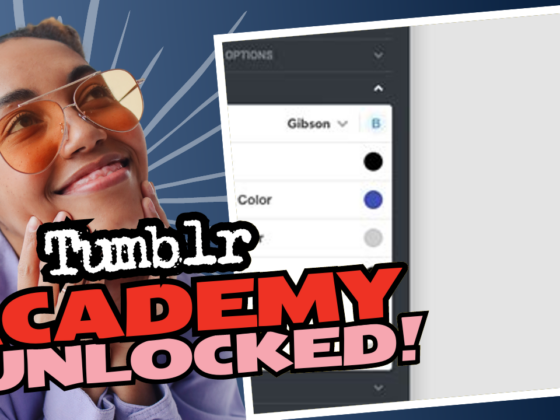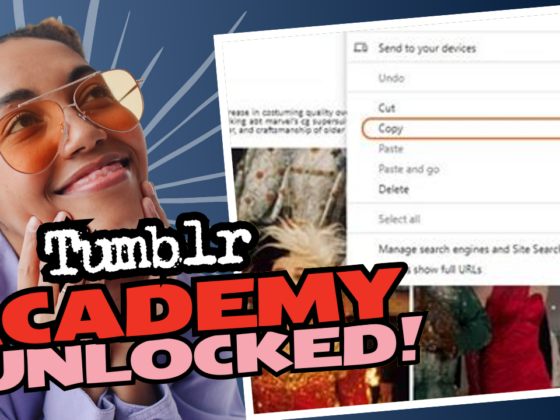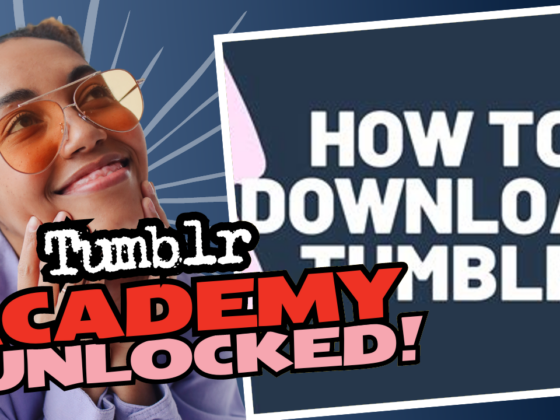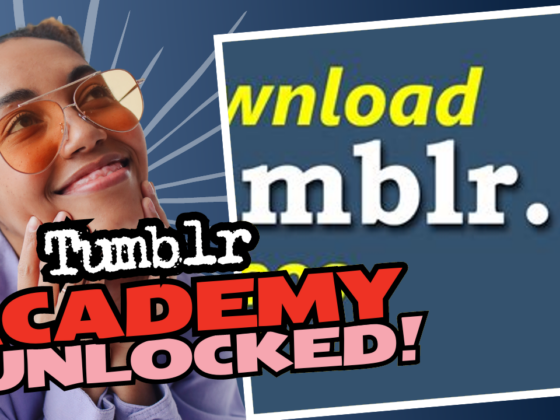Understanding Tags on Tumblr: The Good, Bad, and the Wildly Confusing
So, you’re wrestling with the age-old question of “Can putting too many tags be bad on Tumblr?” If only it were as straightforward as holding up a sign that says “No tag is too big or too small”! Well, strap in because we’re about to dive into the wonderfully tangled world of tagging on this delightfully chaotic platform.
The Tag Limit: More is Not Always Merrier
First things first, let’s talk numbers. Tumblr allows for a whopping 30 tags per post, which sounds like a generous buffet, right? But (there’s always a but), only certain tags actually get counted when it comes to search and discovery. According to Tumblr’s own fascinating labyrinth of help pages, the magic lies within the first 20 tags for the most recent and popular results. Yes, folks, that means if you’re aiming for the spotlight, your first 20 are where you should shine the brightest.
Now that we’ve established that you’re not going to be tagged into submission, remember that if you exceed that magical 30-mark, Tumblr will happily delete any leftover tags from your post. It’s like a game of tag but with your precious labels fading off into the ether. So, be strategic—opt for what’s absolutely essential.
Quality Over Quantity: The Tagging Tango
Now here’s where things get spicy! You might assume tossing a gazillion tags into your post will make it rain likes and reblogs. Plot twist: It doesn’t work that way! Less can actually mean more when it comes to engagement. Imagine this: If you’re tagging fiscal policies in a post about cat memes, you might suddenly find yourself in the wild wilderness of blocked accounts. People are more likely to appreciate focused tagging that genuinely reflects the content of the post.
Think carefully and curtail your tag usage to what matters. Are you dedicating 10 tags to the emotional backstories of background characters? Is someone really searching for “that one character’s cute pants”? Probably not! So aim for a blend of character tags, important ships, and trigger warnings (hey, we’re responsible here!). A tag list might look something like this:
- Character Name
- Fandom
- Ship Name
- Genre Tag
- Important Tropes
Your goal, dear content creator, is to craft a roadmap for potential readers without overwhelming them with a labyrinth of tags that might just serve as a one-way ticket to nowhere. Less is not just more; it’s smart!
The Good, The Bad, and The Serious Fandom Drama
Now, let’s chat about the perilous social waters of tagging. Sure, you might think “What harm could come from adding a few extra tags here and there?” Well, let’s just say that the Tumblr fandom community can be more dramatic than a soap opera on a marathon weekend.
Using irrelevant tags—like tagging “spaghetti” in a post about your latest gay fanfic—might not only confuse readers but also attract the wrath of the tag police. Users typically expect that the tags align with the post content, and if fans find themselves wading through content that is fundamentally unrelated, they won’t hesitate to raise their pitchforks. So, keep your tags on theme; no one wants their timeline interrupted by misplaced expectations!
Engagement Matters More Than the Tag Count
Have you ever noticed that a post can explode in popularity with only a handful of well-chosen tags while another filled to the brim with 30 tags flops harder than a failed soufflé? This is the beautiful chaos of Tumblr. The ghost of engagement past still haunts the platform; sometimes, it all comes down to the timing and the magical hands of mutuals who decide they love what you created.
So focus on creating stunning content. Want reblogs? Work on crafting narratives that resonate. Build relationships within the fandom and don’t just depend on tags to have your work noticed. In many instances, it isn’t your tag formula that determines the reception, but rather how many popular fans (or “mutuals”) share it, either reluctantly or with glee.
Analytics Are Key: Experiment & Observe
Don’t feel trapped; be a scientist! Experiment with your tagging strategy by observing what tags are working based on your popular posts and don’t be afraid to change it up. Track what seems to connect with your audience, and refine your approach based on that data.
Sometimes the best course of action is simply to turn down the noise. Instead of getting lost in the rigid structure of “How many tags is too many?”, focus more on engaging your audience, presenting relatable content, and, let’s be real, just having fun.
The Bottom Line: Just Enjoy the Tangled Game of Tumblr!
Here’s the honest truth: Tumblr is a chaotic place. Trying to follow the “right way” to tag content can feel a bit like herding cats in a room full of laser pointers. Just when you think you’ve got it down, the rules seem to shift like quicksand. Tagging successfully is less about sticking to a rigid number and more about connecting with your audience and creating content people can relate to or simply enjoy.
So go out there and tag in a manner that feels right for you. Be playful, be silly, and remember—do not let the fear of “too many tags” paralyze your creative spirit. Good content paired with a dash of relevant and creative tagging will always be your best bet for the likes and reblogs you’re dreaming of.
Oh, and just to reiterate: in the wide, whirling world of blogging and tagging, it’s often the first few tags and the connection to your audience that lift you into the sunny spotlight. Be thoughtful, be relevant, and most importantly, embrace the chaos that is Tumblr!

